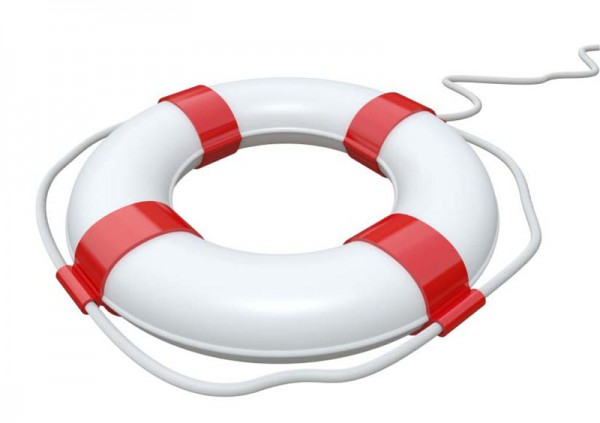How to Recover If Your Site Is Penalized By Google
It’s a website owner’s nightmare: your page ranking suddenly drops without warning. There’s a good chance that you’ve been penalized by Google for something on your website. It might be a new SEO tactic or something you didn’t know existed in your code. Likely, it’s related to search engine algorithm changes (such as the Panda and Penguin algorithms), which are designed to increase the quality of Google’s search results.
Recovering from penalties can take time, but it can happen. Here are a few steps to take if you’ve been hit with a penalty from Google:
Link Penalties
Google has made a point of punish websites that attempt to influence their site’s ranking or PageRank by “manipulating” incoming or outgoing links. But while finding “bad links” can seem simple, Google will also penalize sites for other, more seemingly innocuous actions.
For example, your site might be penalized if you are listed in too many directories that are considered to be “low quality.” Google might also punish your site if you are making guest posts on low-quality sites that are unrelated to your industry or use links back to your site excessively in guest blog posts. The simplest way to fix this problem is to remove the offending links. You can choose a sample of links from different directories to try to determine where your bad links are coming from.
Panda-Related Penalties
Panda is designed to root out poor quality links that were previously achieving high rankings because of reasons not related to their quality. Before you post any content, ask yourself if it answers an important question in a way that isn’t already covered online. If the answer is no, Google will likely treat your content as spam.
You also might have “doorway” links on your site with minimal text that are there to entice people to purchase products. If these pages are necessary, use 301 redirects or noindex tags to avoid Google penalties.
Manual Penalties
Google will also institute manual penalties for unethical on-site practices such as cloaking, shady redirects, hidden text and keyword-stuffed pages. Chances are that you know if you are doing this practices and you can rewrite content or code to fix the problem.
 Posted on October 29, 2013
Posted on October 29, 2013
 Posted on October 16, 2013
Posted on October 16, 2013
 Posted on October 15, 2013
Posted on October 15, 2013
 Posted on September 18, 2013
Posted on September 18, 2013
 Posted on September 12, 2013
Posted on September 12, 2013
 Posted on September 9, 2013
Posted on September 9, 2013
 Posted on August 5, 2013
Posted on August 5, 2013
 Posted on July 2, 2013
Posted on July 2, 2013